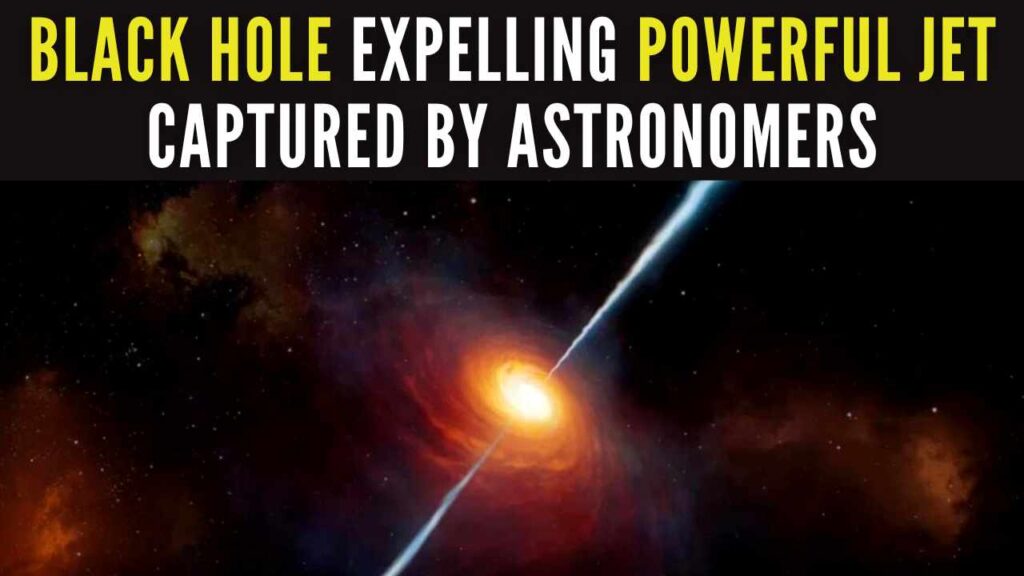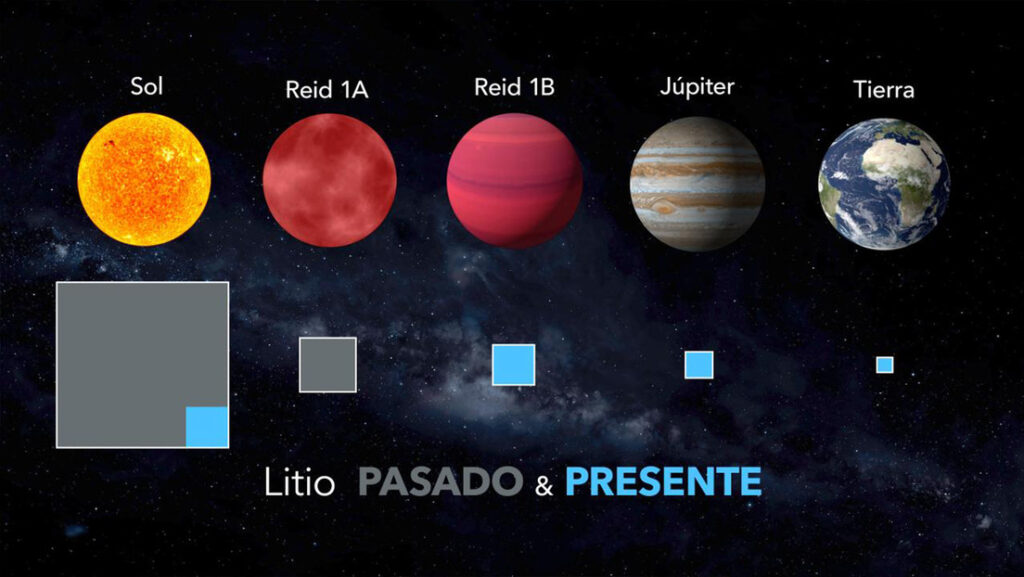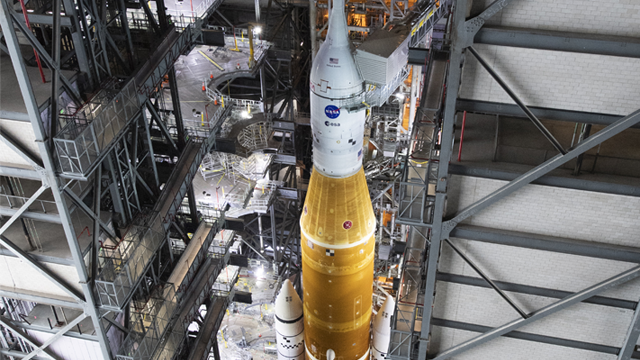The agency hopes to launch the epic moon mission 11 days later, on Aug. 29.

NASA’s ambitious Artemis 1 moon mission is go to return to the pad, one last time, ahead of launch.
The Artemis 1 stack will make the roughly 4-mile (6.4 kilometers) journey from Kennedy Space Center’s Vehicle Assembly Building to Launch Complex 39B on Aug. 18, NASA confirmed on Friday (Aug. 5). The rollout will keep Artemis 1 on track to launch on a weeks-long uncrewed journey around the moon no earlier than Aug. 29.
Artemis 1 will put the Space Launch System (SLS) megarocket and Orion spacecraft through their paces to ensure reliability ahead of astronauts taking a similar ride a few years from now — some making it all the way to the lunar surface, if NASA’s plans come to fruition.
The coming launch follows intense system certifications and more than a decade of planning.
“Our teams have been working extremely hard for a very, very long time to get to this point,” Rick LaBrode, lead Artemis 1 flight director at NASA’s Johnson Space Center (JSC) in Houston, said in a livestreamed briefing Friday. The mission, he added, “is very special. We’re extremely excited.”
Artemis 1 will mark the first-ever launch for the SLS and just the second for Orion, which went to Earth orbit back in 2014. If all goes according to plan on Aug. 29, the SLS will roar through the atmosphere to achieve orbit in just 8.5 minutes. The huge rocket’s upper stage will then deploy Orion into a translunar injection orbit about 80 to 90 minutes after liftoff.
Those milestones will kick off an action-packed 42 days in space for Orion, assuming liftoff occurs on Aug. 29. (The mission timing changes slightly depending on the launch date.)
“There’s really no time to catch our breath. We really hit the ground running,” said Judd Frieling, Artemis 1 ascent and entry flight director at JSC.

As Orion soars toward the moon, the SLS upper stage will be tasked with deploying cubesats for lunar and other science while pushing itself into an orbit circling the sun.
Orion will target a lunar retrograde orbit. It will stay there for several weeks, then get a gravity assist from the moon for the journey back to Earth.
The spacecraft has three primary goals on Artemis 1, each of them designed to showcase endurance. Mission team members want Orion to show it can come back through Earth’s atmosphere safely, can work consistently in a “flight environment” from launch to splashdown, and can keep astronauts safe inside during the retrieval after coming back home.
Outreach activities, like taking selfies of its solar panels, will attempt to keep the public engaged for the long journey (as Orion’s data transfer rates allow from deep space).
For example: “When we get to the point where we’re actually the furthest away that any human-rated spacecraft ever been, further than any of the Apollo vehicles went, we want to capture that in a public affairs event,” LaBrode said.
Orion’s last major milestone of the mission will be a high-speed reentry through Earth’s atmosphere, aiming for a splashdown site off the coast of San Diego. It will descend into the Pacific Ocean underneath parachutes and, just before arriving, do a “landing orientation” maneuver to slide into the ocean waves at the right angle.
There, vehicle power will remain on for about two hours to test how well Orion does in maintaining cooling for astronauts. A U.S. Navy ship will then recover Orion, fishing the spacecraft out of the water, NASA officials said.
After the mission will come months of analysis to ensure SLS and Orion are indeed ready to carry humans. The current schedule calls for Artemis 2 to loft a moon-orbiting crew in 2024 and for Artemis 3, the first human moon-landing mission since Apollo 17 in 1972, to touch down on the surface no earlier than 2025.
Recent Posts
- Astronomers detect first direct image of black hole expelling a powerful jet
- WhatsApp rolling out ‘reply with message’ feature within call notifications
- Multi-Device Pairing May Be Arriving for Apple Watch this Year
- Artificial Intelligence Discovers Hidden Giant, a Planet 5 Times Larger Than Jupiter
- Google CEO Sundar Pichai Talks Bard & The Future Of Search
Recent Comments

Astronomers detect first direct image of black hole expelling a powerful jet

Artificial Intelligence Discovers Hidden Giant, a Planet 5 Times Larger Than Jupiter

Scientists explain melting of Antarctic ice sheet dating back 9,000 years

An Unexpected Discovery: Hubble, ESA's Gaia Spot Double Quasar That Existed Over 10 Billion Years Ago

Astronomers detect first direct image of black hole expelling a powerful jet

WhatsApp rolling out ‘reply with message’ feature within call notifications

Multi-Device Pairing May Be Arriving for Apple Watch this Year


